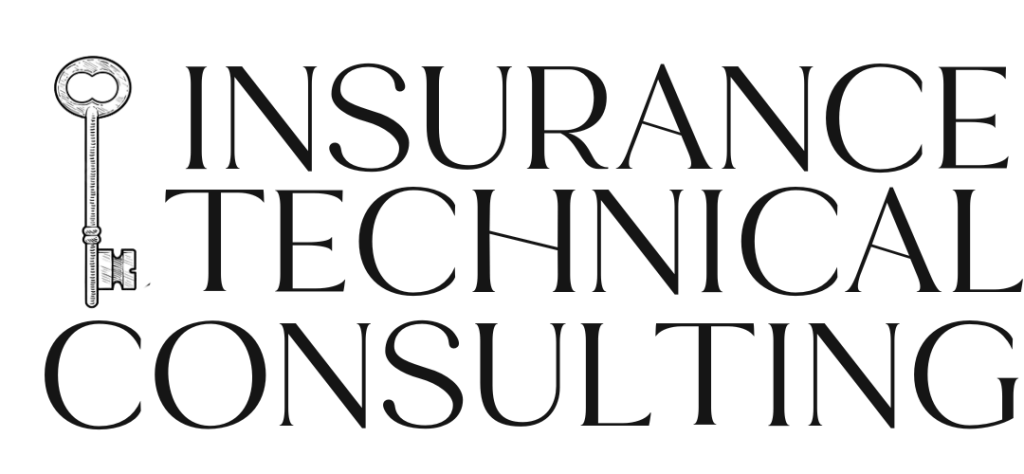
Details on fence coverage can enable an agent to point out a gap to a prospect, and to solve the problem in one conversation. Better protection and better pricing is a combination that is hard to beat.
For some businesses, fencing might be a small concern. A 3-foot high cinder block wall between parking lots next to a small restaurant could be negligible. For a manufacturer, an auto dealer, a scrap yard, fencing is a considerable part of the property. Is your prospect’s fencing covered? Does the business owner think the fencing is covered?
Both the ISO BOP and CPP forms specifically exclude fences.
Except – and there is that beloved word in a form – when covered elsewhere in the form. Unfortunately, that “coverage elsewhere” is not what is expected. The limit is $2,500 on the BOP and $1,000 on the CPP. One might imagine the limit could be enough. However, the limit is shared with other outdoor property items.
A larger concern is that coverage is limited to only 5 perils: fire; lightning; explosion; riot or civil commotion; aircraft. Coverage is not included for perils that would most likely damage a fence, such as vandalism, automobile, animal, or wind.
So how is the gap to be closed? Outdoor property can be scheduled on form CP 14 10, Additional Covered Property, for an additional premium. Different underwriters will choose to handle the coverage in different ways, perhaps using CP 14 15 (Additional Building Property) or a few state-specific forms. A fence or retaining wall has the same properties and exposures as a building, so it is best to request Building rate, as it will be lower than BPP rate.
Do your validating producers know this coverage, or where to learn about it? Insurance Technical Consulting specializes in one-on-one mentoring of commercial producers so they gain confidence in what they sell and make fewer errors. Save your agency time with potential to increase revenue and reduce E&O costs. Explore the website at InsuranceTechnicalConsulting.com for more information.
Share Post :
